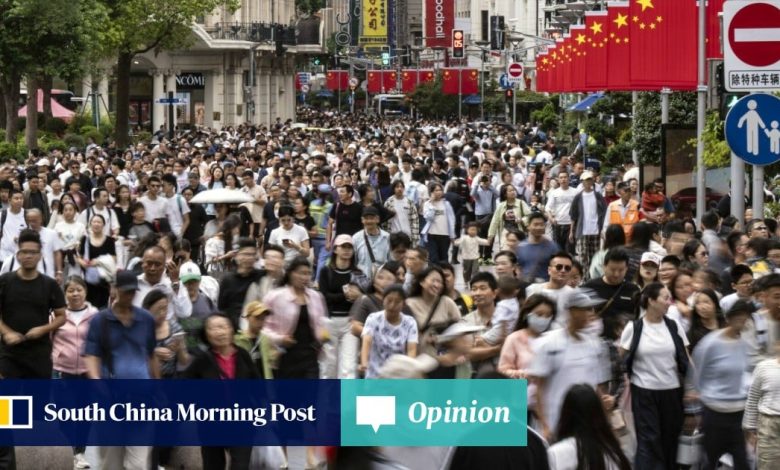East Asia
Opinion | Why ‘bazooka’ stimulus alone won’t fix what ails China’s economy


There are diverse views on the latest round of stimulus measures announced by Chinese policymakers last week. For some analysts, the signal that Beijing is deeply concerned about the economic downturn and prepared to take aggressive action to stem the decline in the housing market and stimulate consumption – the parts of China’s policy response that have disappointed investors the most – marks a fundamental change in approach.
Policymakers have confirmed that “the economy has breached their tolerance for short-term pain”, said GlobalData TS Lombard. Along with the US Federal Reserve’s decision last month to begin its monetary easing campaign with a larger-than-expected reduction in interest rates, “the signal in both cases is unambiguous – global policymakers have now got your back”.
Other analysts are far more sceptical. Some Wall Street banks believe China’s economy has still not hit the pain threshold for the kind of large-scale stimulus required to break the Japanese-style feedback loop of weak demand, deflationary pressures and mounting debts. According to Morgan Stanley, “the policy pivot is significant, but we haven’t reached the decisive trillion-dollar reflation moment yet”.
Most other China-watchers are somewhere in between. What is indisputable, however, is the dramatic impact the sweeping measures – which include aggressive monetary easing, reductions in the cost of existing mortgages, support for the equity market and, crucially, countercyclical fiscal policies partly designed to boost consumption – have had on market sentiment in China.
As recently as September 13, the CSI 300 index of Shanghai and Shenzhen-listed stocks stood at a five-year low. Last week, it had its best week since 2008. In the space of a week, the gauge rose a staggering 25 per cent, compared with an 18 per cent rise over 11 weeks during the reopening of China’s economy at the end of 2022.
Moreover, Bank of America notes that, unlike previous policy-driven rallies when domestic investors did not “buy the hype”, there are signs that Chinese retail investors – who account for the bulk of trading volumes in the onshore equity market – are more optimistic this time.

